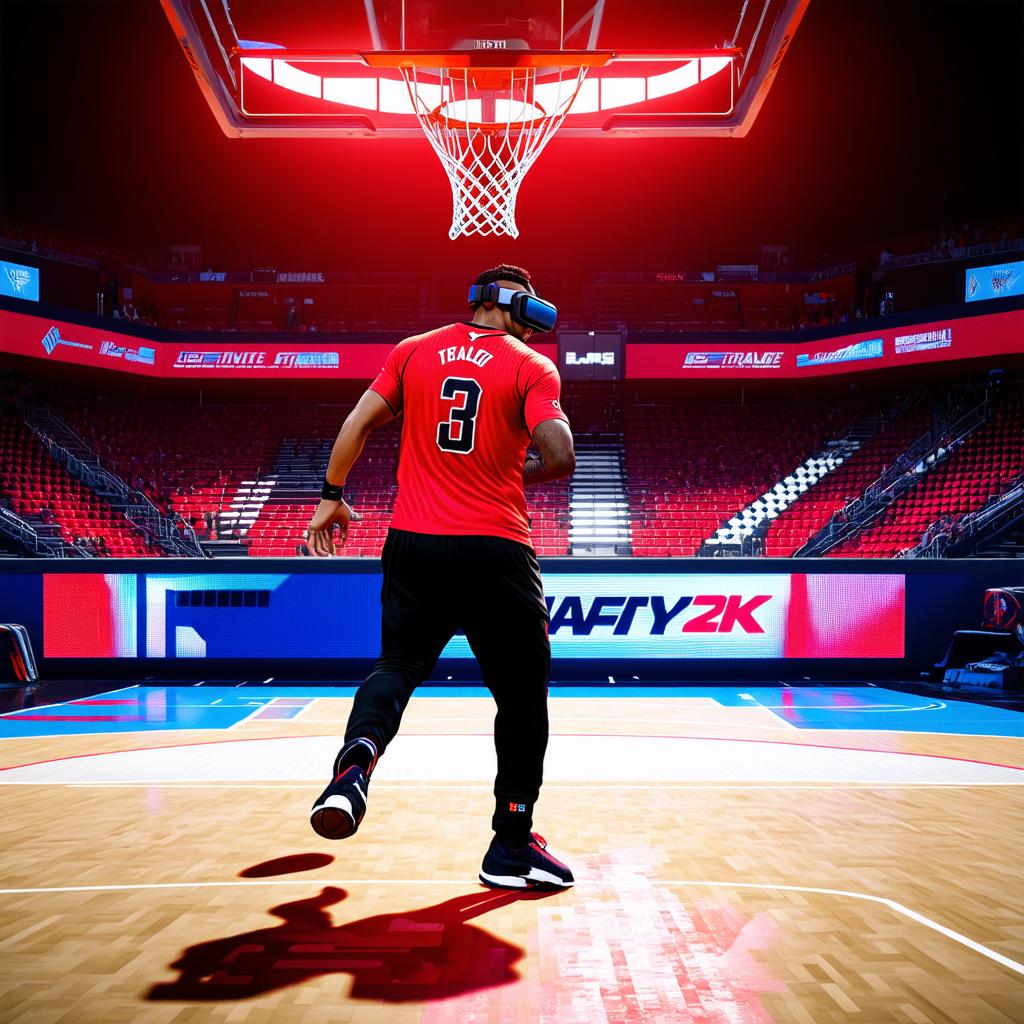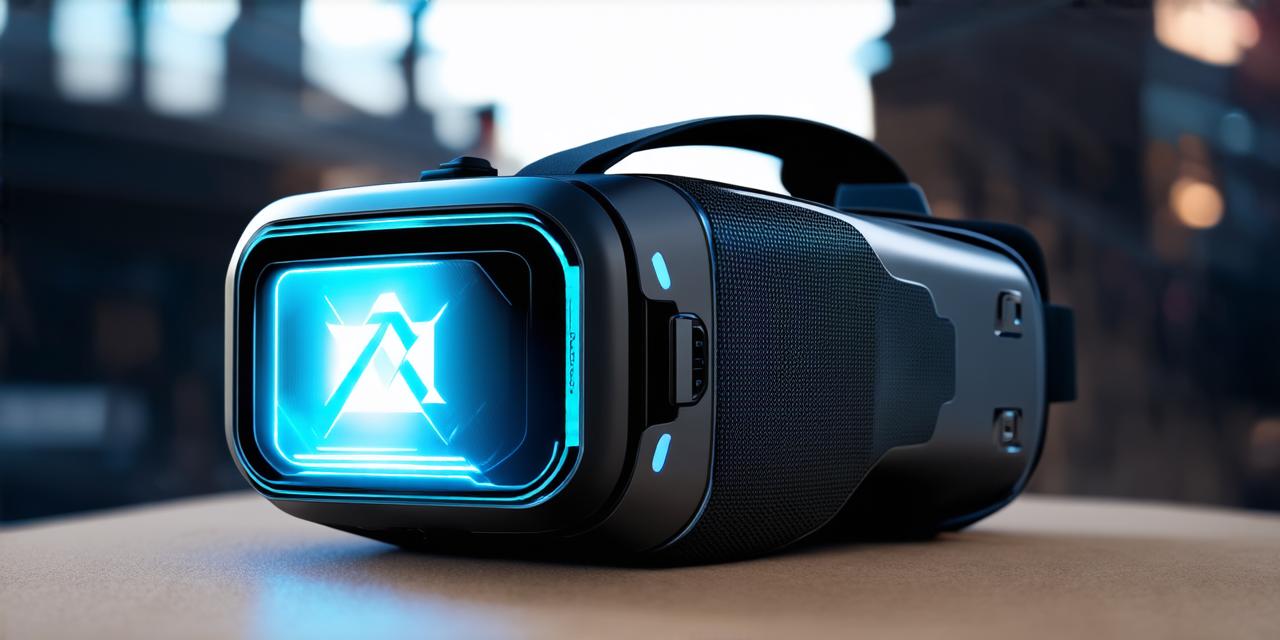Virtual reality (VR) technology has come a long way since its inception, allowing users to experience immersive, interactive environments in ways that were previously impossible.
With VR headsets and other devices, individuals can now engage in a wide range of activities, from gaming and entertainment to education and training.
1. Gaming
Virtual reality has revolutionized the gaming industry, allowing players to fully immerse themselves in the game world. With VR headsets and motion controllers, individuals can experience games in a way that was previously impossible, whether they are first-person shooters, puzzle-solving adventures, or sports simulations. Some popular VR games include Beat Saber, Half-Life: Alyx, and Superhot.
2. Entertainment
VR technology has also opened up new possibilities for entertainment, such as virtual concerts, movies, and amusement parks. With VR headsets, users can experience live performances from the comfort of their own homes, or take a virtual trip to a far-off location without leaving their living room. Some popular VR entertainment experiences include the Oculus Quest 2’s built-in Netflix app, which allows users to watch movies in virtual reality, and the virtual roller coaster experience offered by Six Flags Magic Mountain.
3. Education and Training
Virtual reality has also found applications in education and training, allowing individuals to learn in a more immersive and interactive way. With VR headsets, students can take virtual field trips, conduct experiments in virtual labs, or even practice surgical procedures without risking patient safety. Some popular VR educational experiences include the Google Expeditions app, which allows teachers to take their students on virtual field trips, and the Anatomy Visualization app, which provides a 3D model of the human body that can be explored in virtual reality.
4. Therapy and Rehabilitation

Virtual reality has also found applications in therapy and rehabilitation, allowing individuals to undergo treatment in a more immersive and interactive way. With VR headsets, patients can simulate real-world scenarios to improve their skills or overcome phobias, or even receive physical therapy in a virtual environment. Some popular VR therapy experiences include the VR exposure therapy app, which helps individuals overcome anxiety disorders, and the Virtual Reality Medical Center, which offers a range of VR-based treatments for conditions such as PTSD, depression, and chronic pain.
5. Design and Architecture
Virtual reality has also found applications in design and architecture, allowing individuals to visualize and test their designs in a more immersive and interactive way. With VR headsets, architects can walk through their designs and make changes in real-time, while interior designers can see how furniture and decor will look in a space before making a purchase. Some popular VR design experiences include the Unity game engine, which is used to create virtual reality environments for architectural visualization, and the Trimble SketchUp app, which allows users to design and visualize 3D models in virtual reality.
In conclusion, virtual reality technology has opened up a wide range of possibilities for activities, from gaming and entertainment to education and training, therapy and rehabilitation, and design and architecture.
